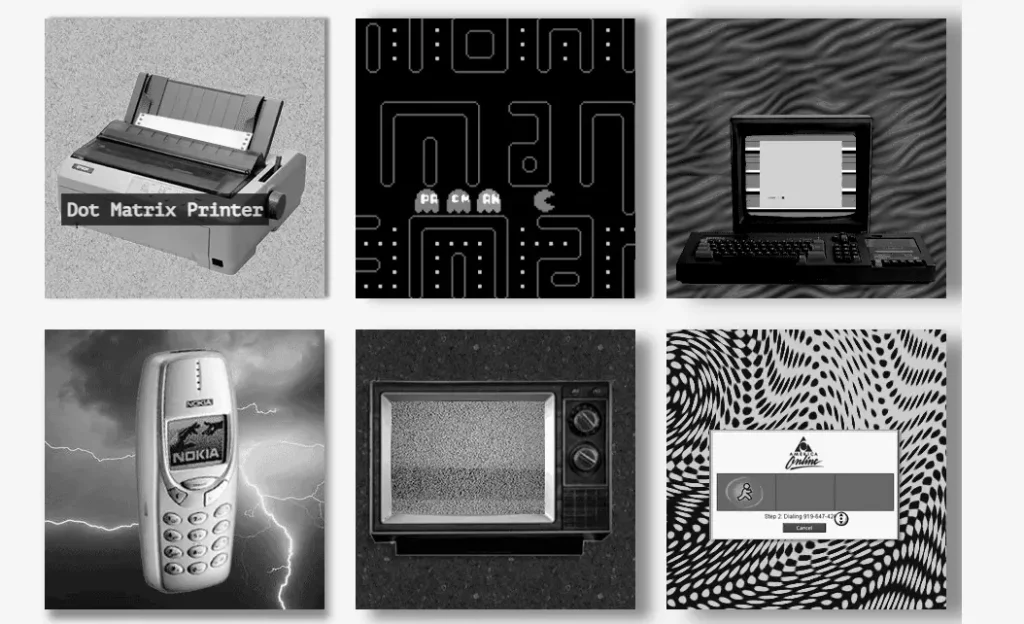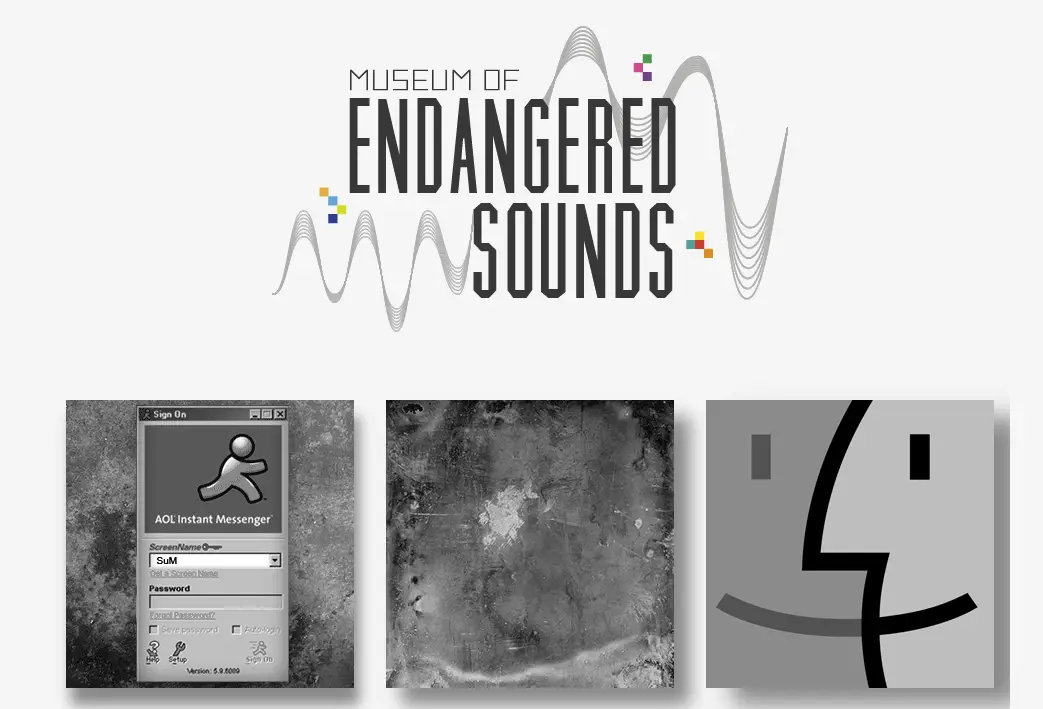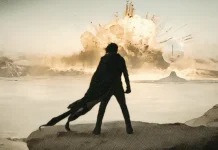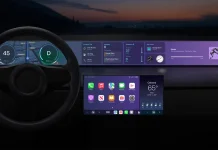Vanishing Sounds of the 19th and 20th Centuries
Throughout the 19th and 20th centuries, technological advancements profoundly altered the soundscape of daily life. As new inventions emerged and old ones faded, many once-familiar sounds gradually disappeared, becoming echoes of a bygone era. Here’s a look at some of these lost sounds from each century:
19th Century
Steam Engines: The 19th century was marked by the roar of steam engines powering factories and trains. The shrill whistles of locomotives and the rhythmic pounding of steam hammers were emblematic of the Industrial Revolution. With the advent of electricity and modern machinery, these sounds have all but vanished.
Horses and Carriages: Before automobiles took over, the clatter of horse hooves on cobblestone streets and the creak of wooden carriages were everyday sounds in cities. These noises, once ubiquitous, have been silenced by the rise of motorized vehicles, now preserved only in historical depictions.
Mechanical Music Boxes: In an era before radios and phonographs, mechanical music boxes like barrel organs and orchestrions filled the air with hand-cranked melodies. These charming sounds have largely disappeared, replaced by more modern forms of music playback.
Manual Tools: The 19th century workshop was alive with the sounds of hand tools—the scrape of saws, the ring of hammers, and the grind of sharpening stones. These noises have been supplanted by the whir of power tools, fading into the past as a reminder of earlier craftsmanship.
Printing Presses: The clatter of early printing presses, busy churning out books and newspapers, was a familiar noise in towns and cities. Today, quieter and faster digital devices have taken over, leaving the mechanical clatter behind.

20th Century
Typewriters: The 20th century office was often filled with the rapid tapping of typewriter keys and the distinctive “ding” signaling the end of a line. As computers became prevalent, these once-constant sounds quickly became relics of the past.
Rotary Dial Telephones: The sound of a rotary dial being turned and the mechanical ring of old telephones were once household staples. These sounds have all but disappeared, replaced by digital tones and touchscreens.
Film Projectors: The hum of film projectors running reels of film was once synonymous with the movie theater experience. As digital projection took over, this familiar sound has largely been silenced.
Cassette Players: The click of a play button, the hiss of tape, and the whir of rewinding were all part of the experience for those using cassette players. These sounds, deeply nostalgic for some, have faded with the advent of digital music.
Modem Dial-up: In the early days of the internet, the screeching tones of a modem connecting to the web were a common sound in homes. This has since been replaced by the silent, instantaneous connection of modern broadband.
Vinyl Records: Though vinyl has seen a resurgence, the crackle and pop of a record on a turntable nearly disappeared in the late 20th century as CDs and digital formats took over. This sound, however, remains a symbol of musical nostalgia for many.
Of course, everyone has their own sounds that are associated with childhood, for example, those who grew up in the countryside remember and miss the sounds of pets, clucking hens or roosters crowing. Those who grew up in cities remember the sounds that accompanied them as children. For example, I remember the noise of a small factory nearby, it was a monotonous hum from the work of machines, now the factory is closed and this sound will never revive in this place again.






